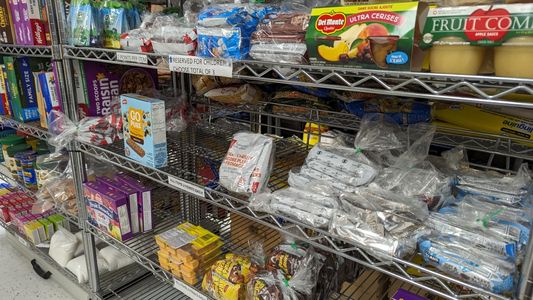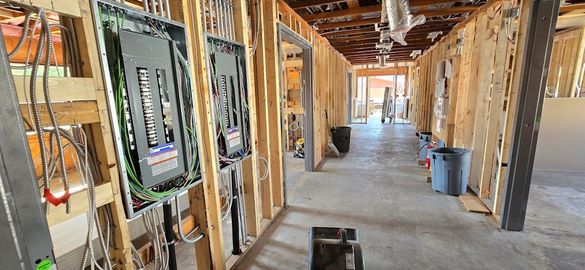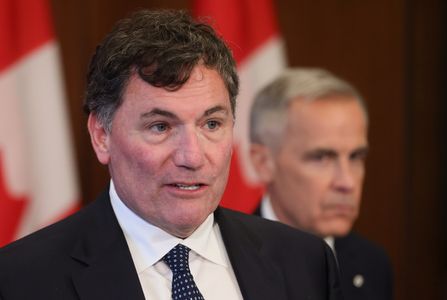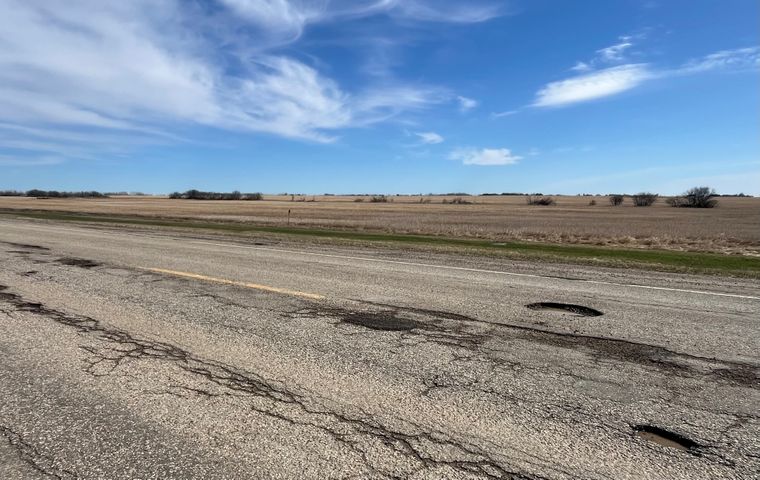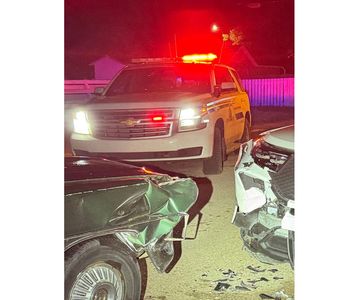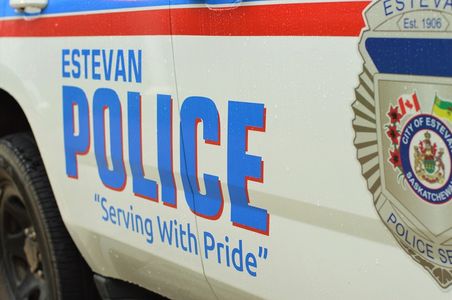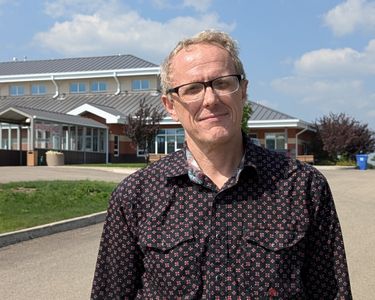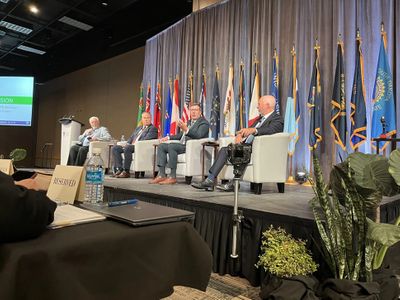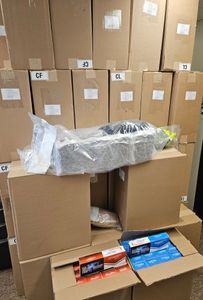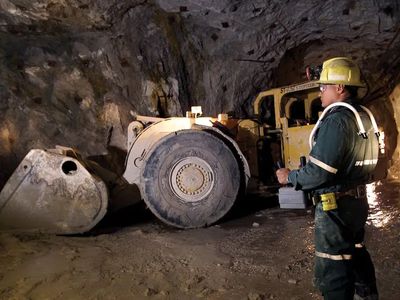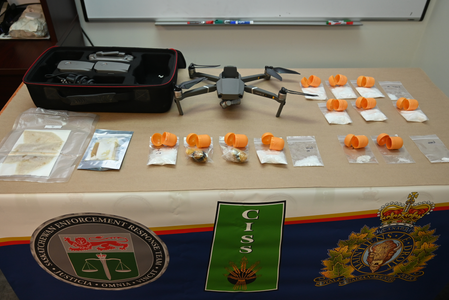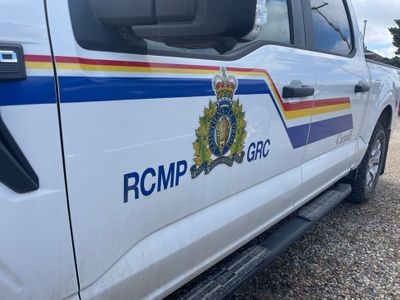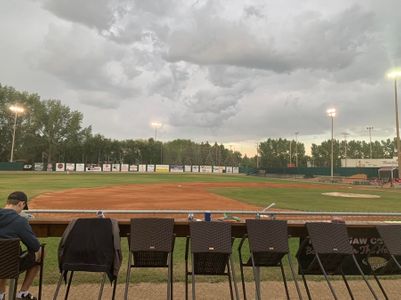Local News
Rural voices rising: Public reacts to crumbling highways in West Central Saskatchewan
Frustration is growing across rural Saskatchewan as residents rally behind a veteran trucker’s call for real change on the province’s deteriorating highways. Following Wayne Whitney’s blunt critique of road conditions in West Central Saskatchewan, the response from the public has been swift and passionate. HResidents have taken to social media to echo Whitney’s concerns and to demand action. “We deserve better,” reads a headline from West Central Online's original report. For many, that sentiment hits home. “Some of these roads need to go back to gravel,” wrote one person in one of dozens of Facebook comments under the story, referring to broken asphalt stretches that have become nearly impassable. Others were quick to point out that even gravel roads are poorly maintained, with scarce grading and inconsistent snow removal. One commenter sarcastically noted, “They did a really nice job painting lines in the grass on the paved part this spring,” highlighting what many feel are misdirected priorities. Among the top targets for criticism: Highway 51 west of Biggar, Highway 31 near Macklin, and the increasingly treacherous Highway 21 corridor. Locals say these routes are riddled with potholes, crumbling shoulders, and rough patches that not only damage vehicles, but also pose serious safety risks. Truckers and rural residents say it’s more than an inconvenience; it’s a hazard. “Our young people are learning to drive on these highways. Our elders are behind the wheel. It’s not just inconvenient, it’s dangerous,” Whitney said in the original interview. Others agree. “You plan your trips around here to avoid the bad highways,” wrote one person, while another commenter suggested that private contractors should be held accountable for shoddy work: “Contracts should have a clause that says the contractor will be liable for all repair costs for the next 10 years.” In response to the backlash, the Ministry of Highways reiterated its commitment to maintaining the province’s vast 26,400-kilometre network, noting several recent and upcoming projects. But for many, the patch jobs and intermittent upgrades aren’t enough. “Where’s the real fix?” Whitney asked. Some residents placed the blame squarely on funding priorities, pointing to perceived overspending elsewhere and underinvestment in rural infrastructure. As for Whitney, he says the attention is long overdue. Whether the public pressure results in long-term change remains to be seen, but for now, rural voices are getting louder, and the call for safer roads is echoing far beyond Highway 31.

